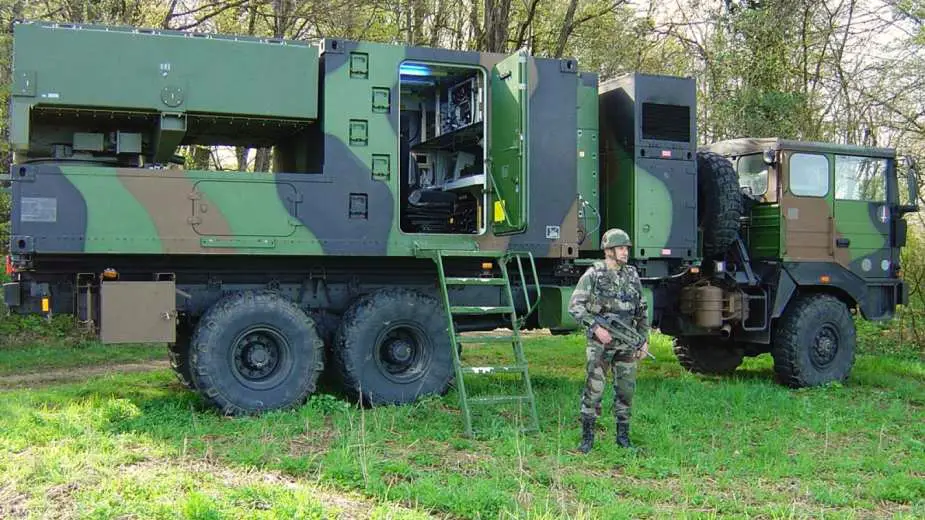Breaking news
Qualification of new Data System Software for French and German COBRA Counter-Battery radar.
The OCCAR-EA COBRA Programme Division and Elektroniksystem und Logistik GmbH (ESG) have prepared a new Data System Software (DS SW) version for the French and German COBRA Systems. This follows the recent FR COBRA ATLAS Sub-Assembly retrofit, with a dedicated software version, and the need to have a common DS SW version for DE and FR COBRA fleets.
Follow Army Recognition on Google News at this link

French COBRA system (Picture source: French Army)
Thanks to the availability and support of the German Federal Armed Forces (Bundeswehr), this new software version was tested during trials with two German COBRA Systems, one system located in Putlos and the other one in Todendorf. These trials were performed from 04 until 07/03/2024, concluded the software qualification and showed to the Nations the overall performance improvement compared to the current software version.
After the successful data collection and thorough data analysis, this software version will be installed on all French already equipped with Boîtier de COMmunication (BCOM) and German COBRA Systems.
COBRA: COunter-Battery RAdar
Trajectography radar that makes it possible to locate enemy batteries in real-time up to a distance of 40 km while being connected to the ATLAS system.
In a move that underscores the deepening defense ties among Europe's leading powers, France, Germany, and the United Kingdom embarked on a significant international cooperation project. This ambitious endeavor has led to the development of a state-of-the-art surveillance and artillery tracking system, marking a significant leap in military technology and strategic capabilities. The system is operated by a highly specialized crew consisting of a station chief, an operator, and a pilot, ensuring seamless operation and unparalleled efficiency.
Measuring 10.60 meters in length, 2.50 meters in width, and standing at a height of 3.80 meters, this robust unit is designed to withstand the rigors of modern warfare while maintaining a relatively compact footprint. It tips the scales at 23.6 tons when empty, with its operational weight accounting for its advanced systems and armaments. Powered by a potent 275 hp diesel engine, it boasts an impressive range of 800 kilometers, enabling extended operations without the need for frequent refueling.
The system's detection capabilities are equally remarkable. It can identify and track mortar fire of 81 mm and above, artillery of 105 mm and above, and rocket systems of 100 mm and above. With a detection range of up to 40 kilometers within a 90-degree arc, it can monitor an area of approximately 1250 square kilometers. This wide surveillance arc allows for the monitoring of large swathes of territory, providing critical intelligence and situational awareness. Moreover, its maximum localization capacity is stunning, capable of tracking 40 batteries in just two minutes, equating to 200 projectiles simultaneously.
Another feature that sets this system apart is its rapid deployment and retraction capability. It can be fully operational within five minutes and can exit its position in just two minutes. This rapid response time ensures that the system can be quickly relocated, maintaining operational flexibility and minimizing exposure to enemy countermeasures. This technological marvel, born from the collaborative efforts of France, Germany, and the United Kingdom, represents a significant stride in modern warfare, offering a blend of mobility, power, and precision that is poised to redefine battlefield surveillance and artillery tracking.
Defense News March 2024























